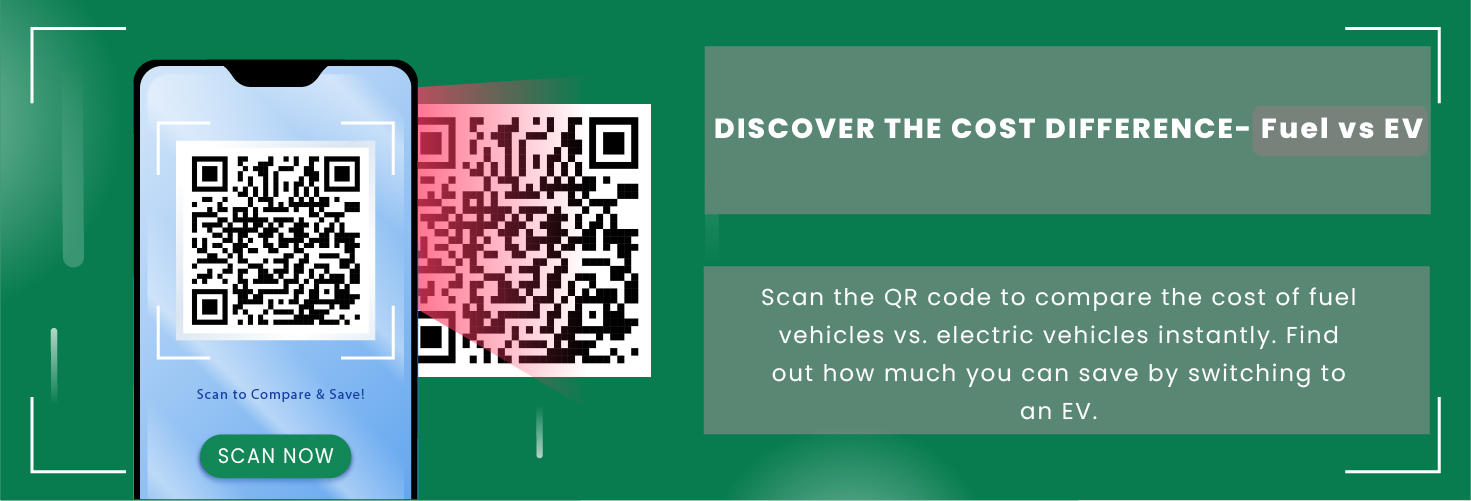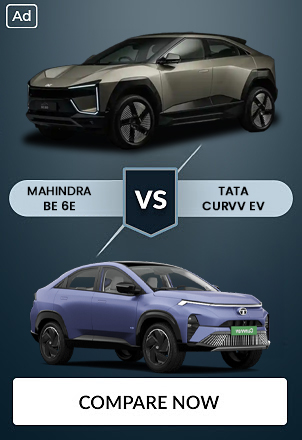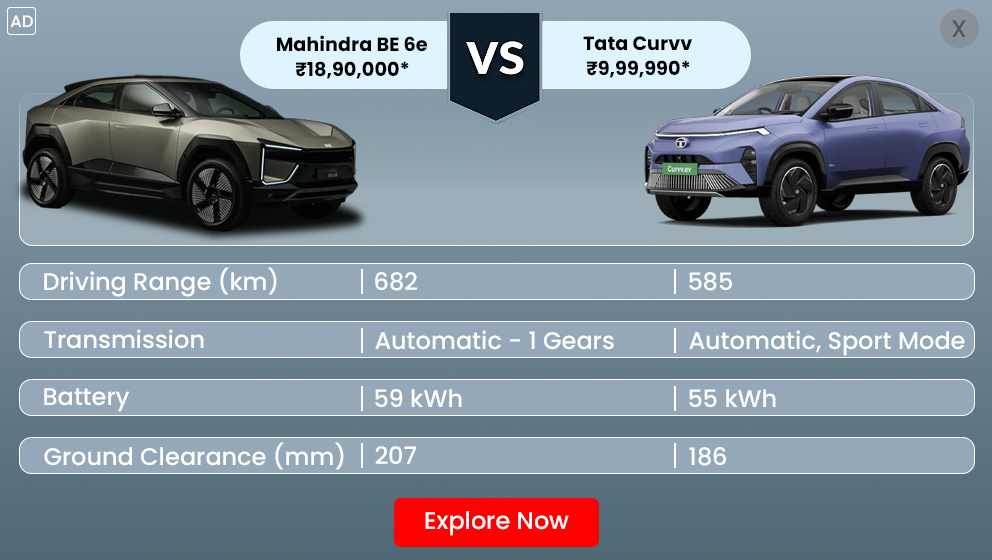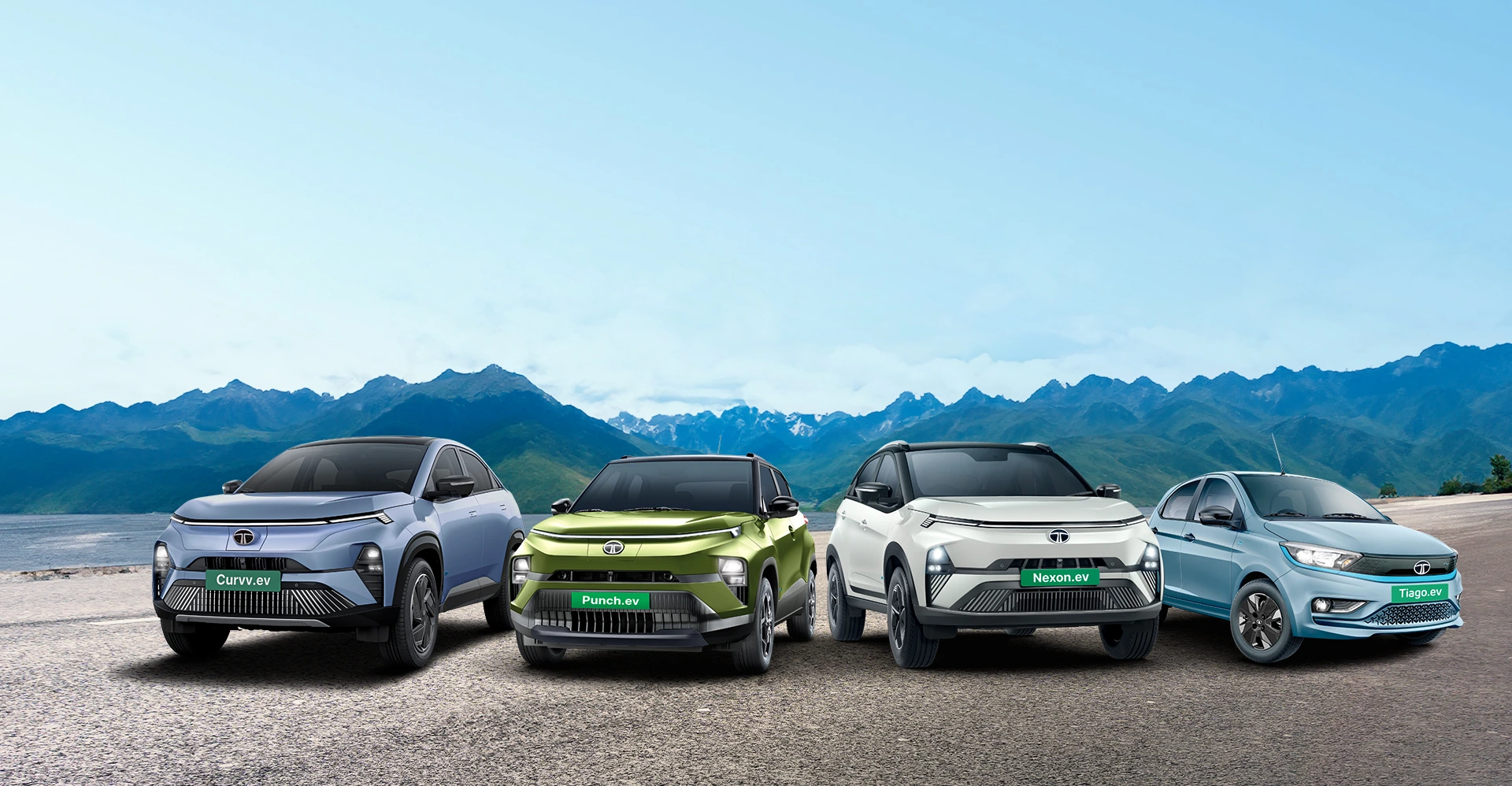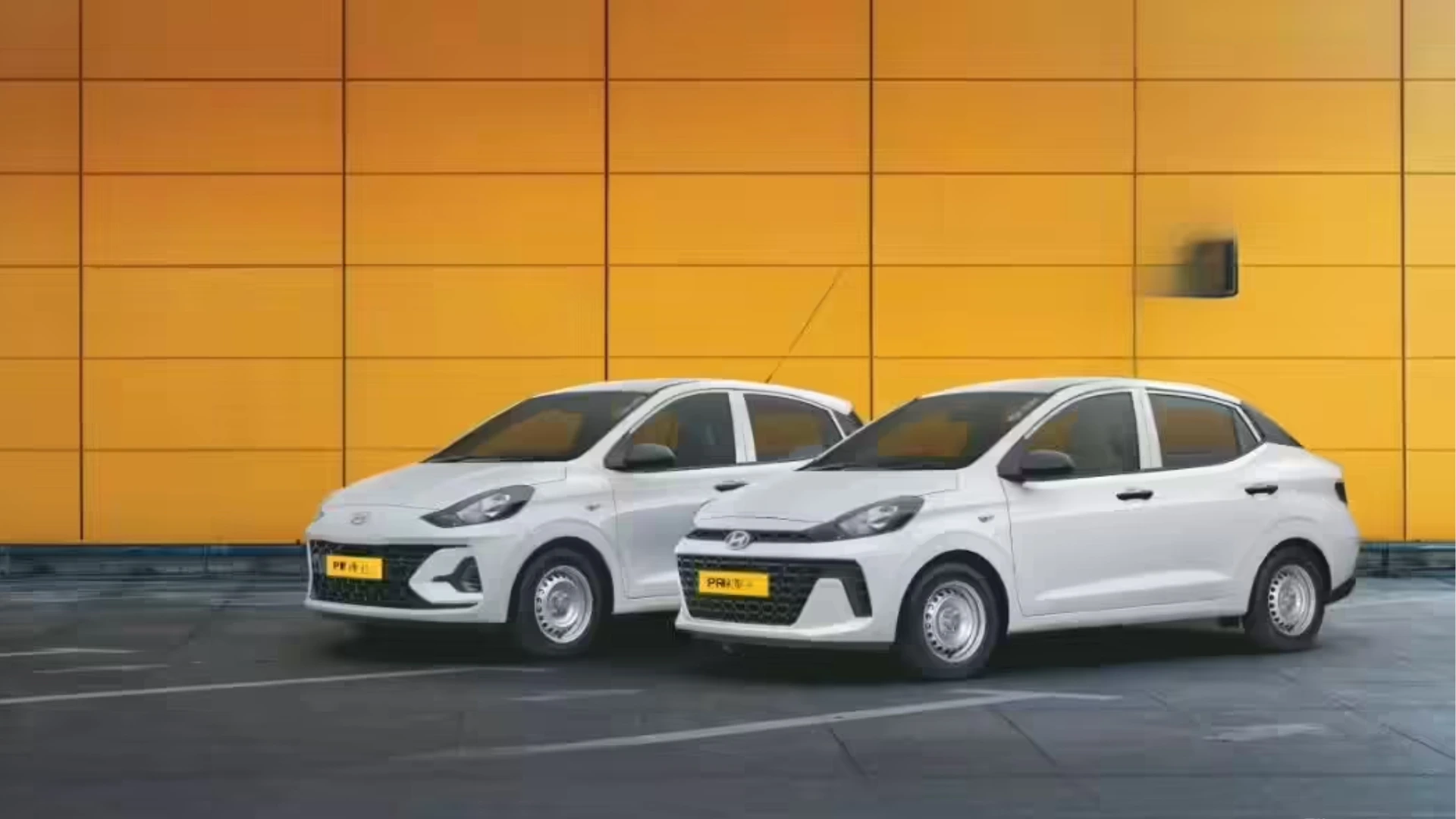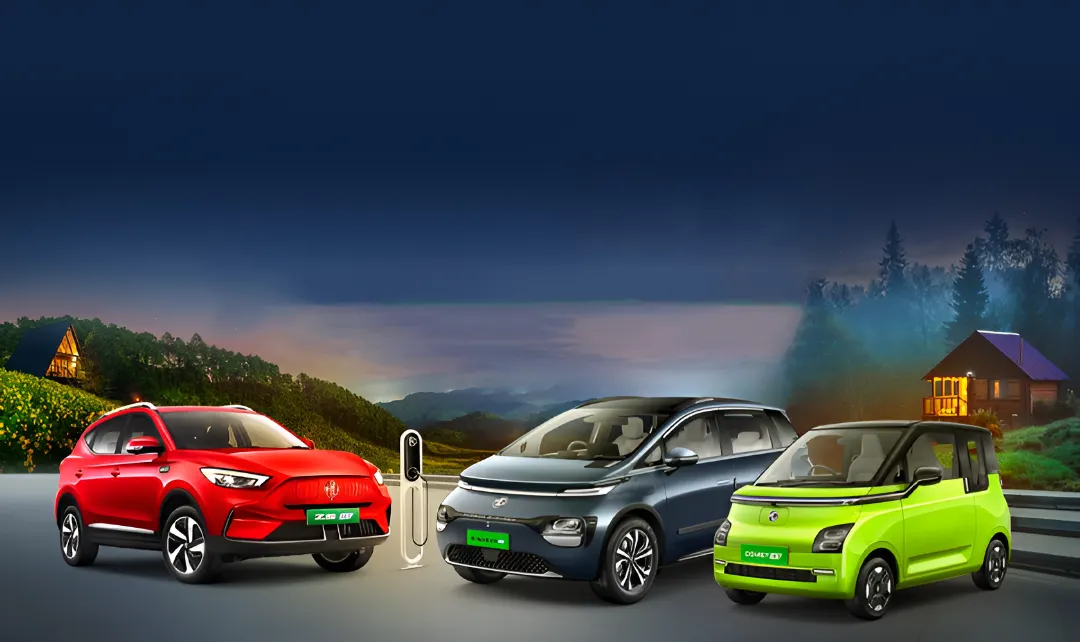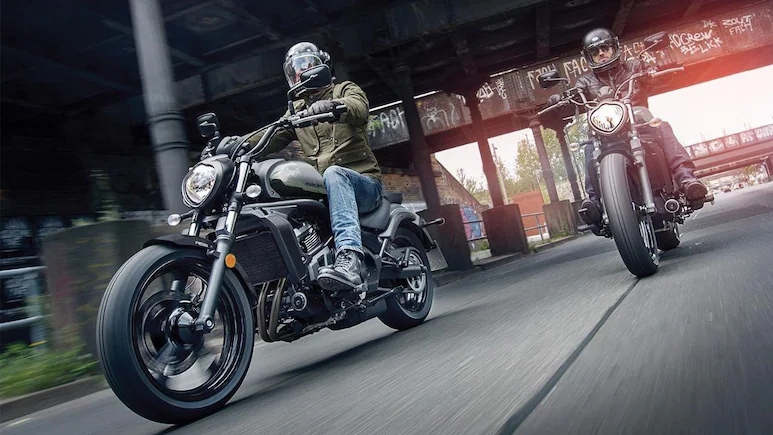The market for electric vehicles (EVs) in India has changed drastically recently. Originally considered as futuristic and niche, EVs are now a major option for regular car and bike purchasers. The discount on EV by the Indian government—a financial push making electric vehicles more reasonably priced for the typical Indian consumer—is one of the main causes behind this change.
This guide will help you understand how much you can save, which programs you qualify for, and why now is the best time to go electric if you intend to buy an electric car or scooter in 2025.
Why Is the Government Discounting Electric Vehicles?
The Indian government wants to:
- Lower fuel imports
- Cut pollution
- Support better mobility
To be honest, though, EVs are still costly relative to gasoline or diesel cars. This explains the Indian government's discount on electric vehicles. It closes the pricing difference and motivates more people to change.
Therefore, these programs are meant to reduce your upfront cost and simplify EV ownership whether your preferred vehicle is an Ola S1 Air, Tata Tiago EV, or even an electric commercial vehicle.
Also Read: Buying a Car with the 20/4/10 Rule: A Smart Financial Move?
Important Indian EV Discount Schemes
FAME II (Faster Adoption and Manufacturing of Hybrid and Electric Vehicles)
The flagship EV proposal of the central government is FAME. It spans four-wheelers, three-wheelers, and electric two-wheelers.
FAME II's highlights, valid until March 2025:
- Grants ₹10,000 to ₹15,000 per kWh of battery capacity
- 40% maximum discount on electric two-wheelers' ex-factory price
- Subsidy for electric cars (just a few chosen models like Tata Xpres-T)
- Included also were commercial EVs, e-buses, and delivery vans
Popular EVs benefiting from FAME II (₹20,000–₹60,000 discount):
- TVS iQube
- Ather 450X
- Ola S1 Pro
2. State Government Electric Policies
Apart from the central FAME subsidy, several state governments grant further EV discounts. Your location will determine even more savings.
These are some best state-level electric incentives:
- Mumbai: For two-wheelers, up to ₹30,000; for four-wheelers, ₹1.5 lakh. Has advantages for scrappage as well
- Maharashtra: Up to ₹1 lakh off on EVs together with road tax and registration waivers
- Gujarat: ₹10,000 per kWh subsidy on battery capacity; capped at ₹20,000 for 2Ws, ₹1.5 lakh for 4Ws
- Karnataka: Grants a 100% road tax and registration fee exemption
These state-level incentives stack up with FAME II, so lowering on-road prices even more and essentially increasing the discount on EV by Indian government.
Further Advantages You Should Be Aware Of
Apart from cost reductions, EV owners have several less-known but nevertheless significant advantages:
1. Exempt from Road Taxes and Registration Fees
- Nearly every Indian state grants 100% waiver
- Depending on the car category, that directly saves ₹10,000–₹70,000
2. Income Tax Rebate
- Section 80EEB lets you claim: up to ₹1.5 lakh deduction on loan interest paid for electric vehicles bought
- Covers loan-bought two- and four-wheelers as well
3. Scrappage Policies Advantage
- Under both state and central government scrappage programs
- You might get further discounts or rebates if you scrap your old polluting car while purchasing a new electric vehicle
Real-World Example: Potential Savings Amount
Assume you are purchasing an electric scooter valued at ₹1.10 lakh (ex-showroom). The savings split out like this:
- Fame II subsidy: ₹22,000
- Delhi State Scholarship: ₹15,000
- Waiver in Road Tax & Registration: ₹6,000
Effective Price: ₹67,000 or so
With a total discount of ₹43,000, the final cost is much below many petrol scooters!
Whose Qualifies for These EV Discounts?
To benefit from the discount on EV by Indian government:
- Make sure the vehicle model is approved under FAME II or your state EV policy
- You are buying from a licenced dealer
- Ready are papers including Aadhaar, PAN, and vehicle invoice
- Depending on scheme rules, the purchase is either personal or business
Whether you are purchasing for last-mile delivery, fleet operator, or personally there is a program for you.
Future Direction for EV Incentives
- FAME II is extended until March 2025
- The government might turn its attention to FAME III, with more advantages for commercial EVs
- GST cut on EV component and spare parts
- PLI scheme-based battery manufacturing subsidies
According to the government's EV adoption road map, incentives will keep on even if their form will change to help local manufacturing and greener logistics.
Difficulties and Thinkthroughs
Although Indian government's discount on electric vehicles is quite appealing, keep in mind these factors:
- Especially in rural areas and Tier-2, charging infrastructure is still developing
- Though expected to drop by 2026, battery replacement cost is still significant
- Not many long-range reasonably priced electric vehicles (for now)
But things are fast improving thanks to companies like Tata, Mahindra, Ather, and Ola heavily funding R&D and infrastructure.
Final Thoughts
The discount on electric vehicles by the Indian government marks the direction of the future rather than only a temporary offer. This is the ideal moment for consumers of cars to change their gear and start electric.
EVs make total sense today whether your goals are:
- To cut maintenance
- Save on daily commuting expenses
- Or just drive into the future
Your next EV purchase could save anywhere from ₹20,000 to ₹2 lakh depending on the ideal mix of central subsidies, state-level benefits, and tax advantages.
Therefore, if you are shopping for a new car or scooter, consider the voltage rather than only the engine. The government wants you to participate in the electric revolution that is here.
Also Read: AWD vs 4WD: Understanding the Key Driving Technologies
Follow Autonexa Whatsapp Channel to stay updated with the latest happenings in the automobile industry.
